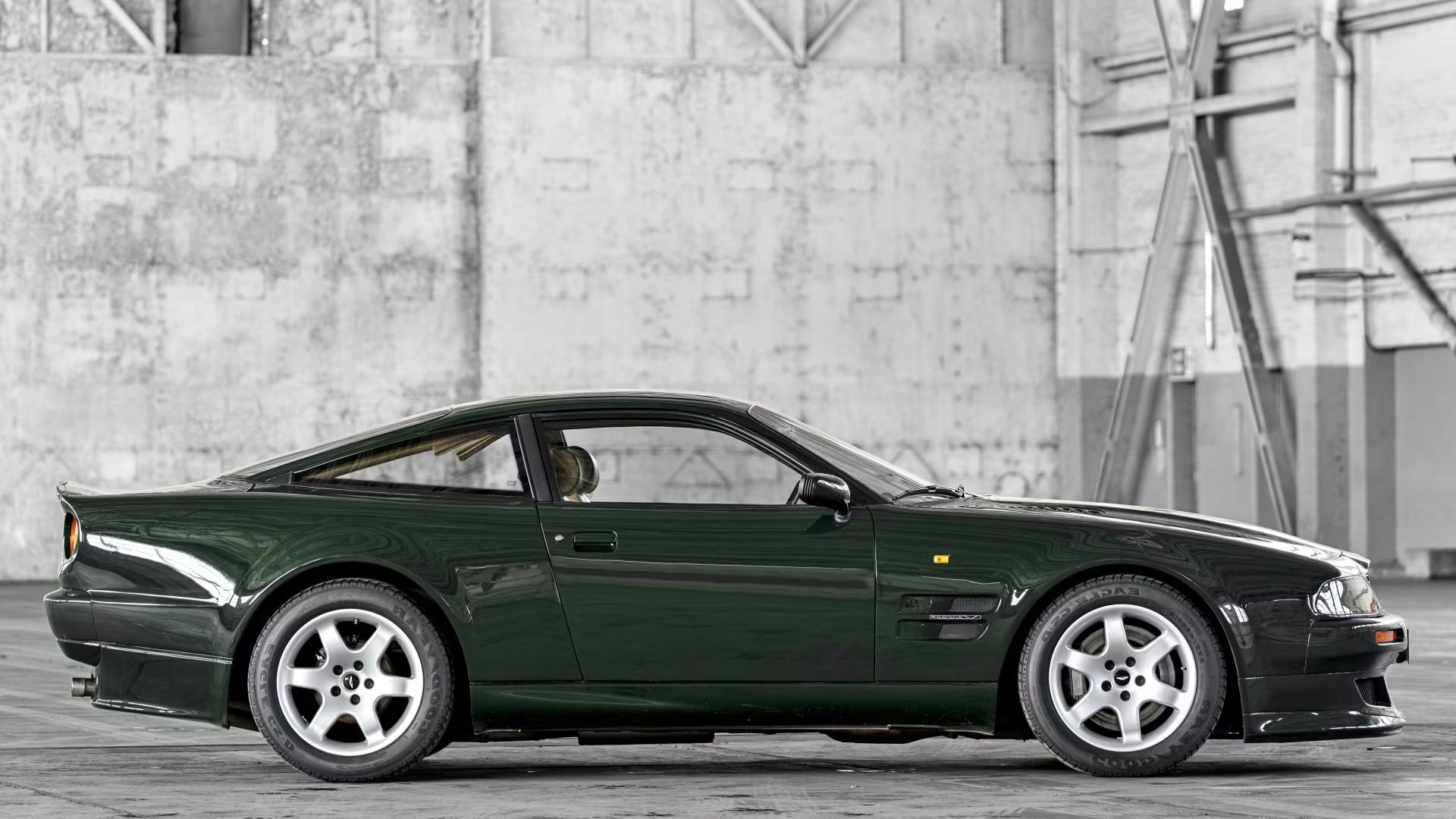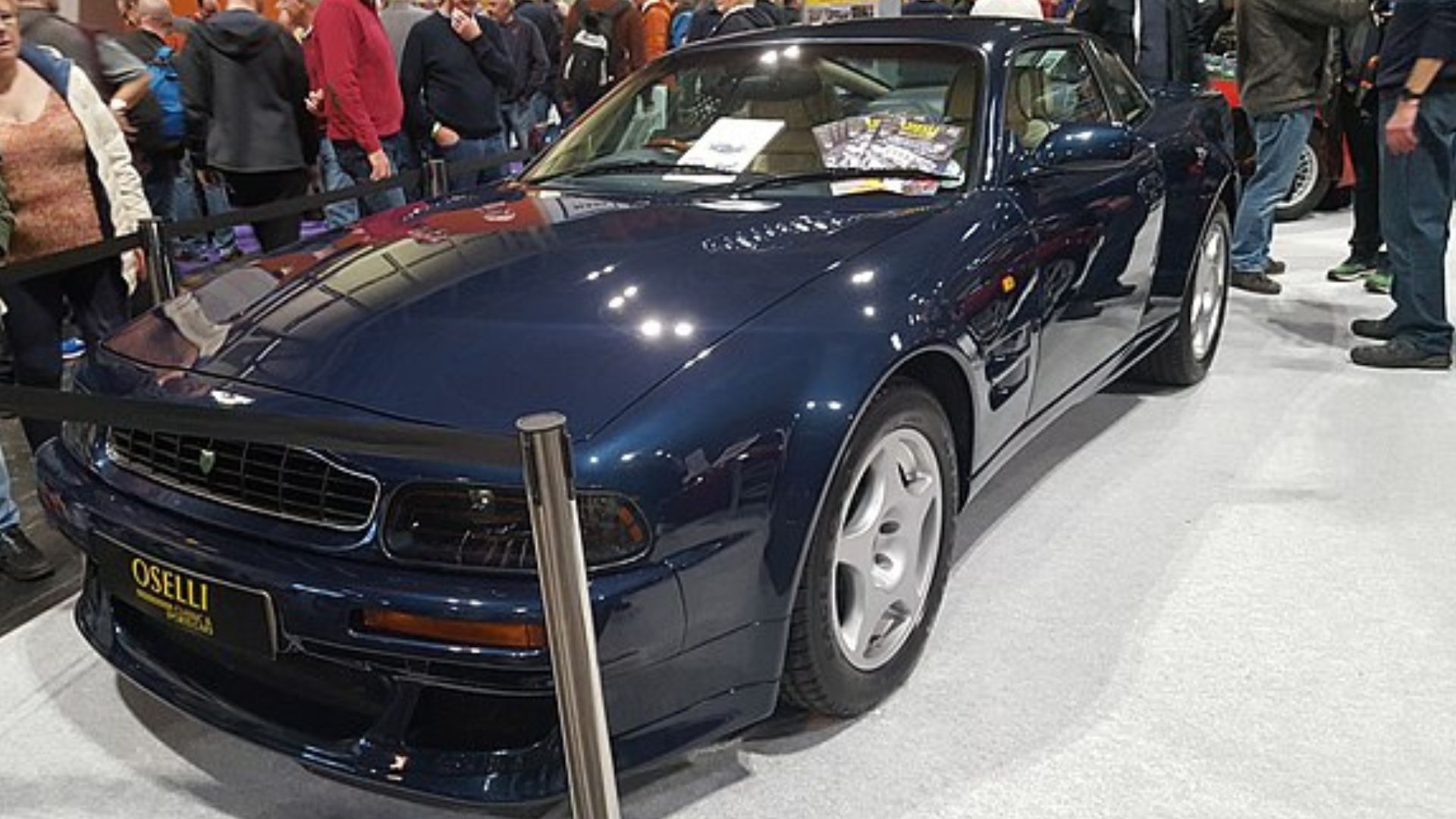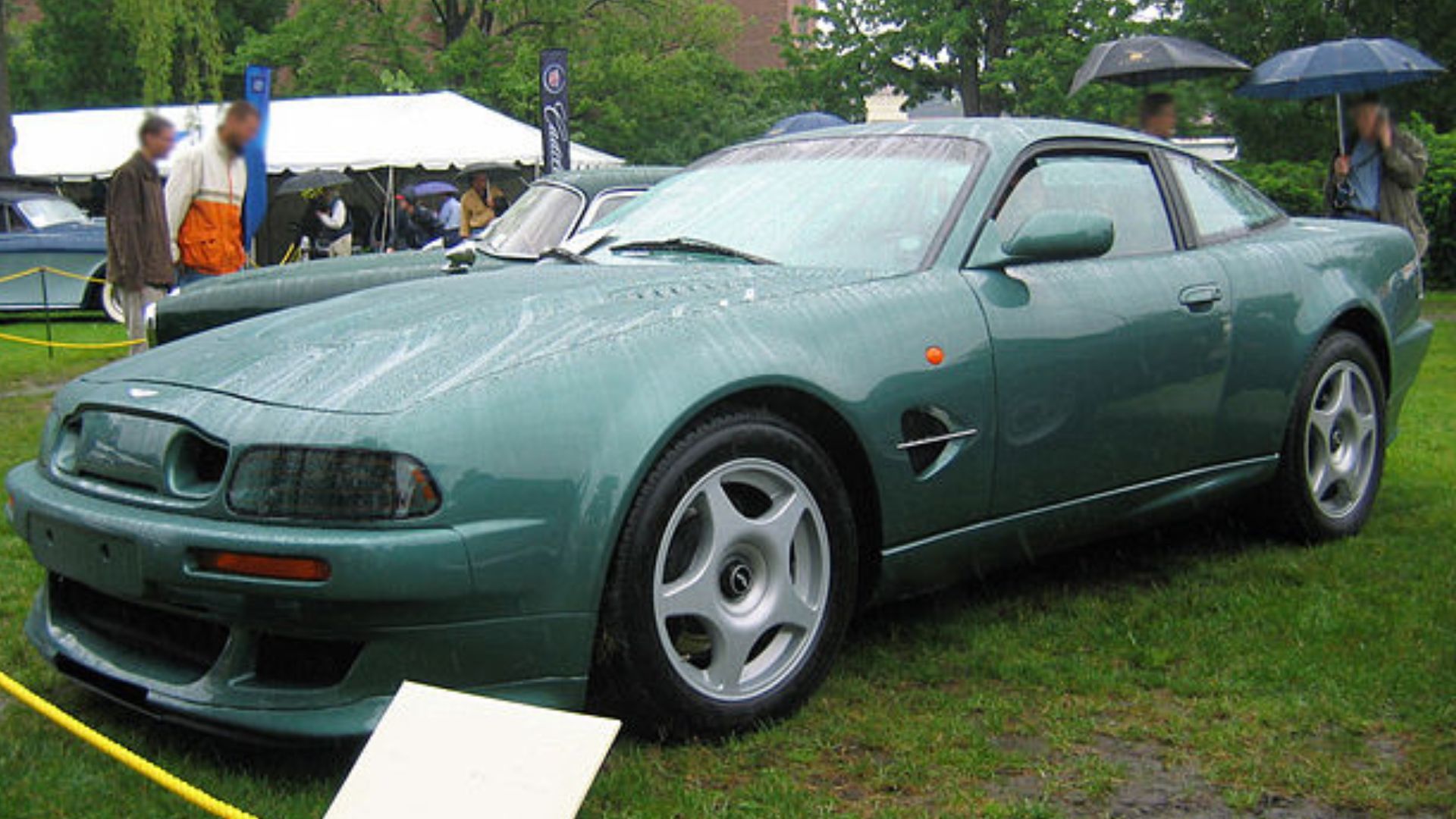Summary
- The Aston Martin V550 was an innovative car of the 1990s, with a powerful engine, luxurious interior, and attention to detail in its craftsmanship.
- Despite its impressive straight-line speed, the V550 faced challenges in cornering due to its aerodynamic characteristics and substantial weight.
- Aston Martin created special editions of the V550, such as the V600 Dynamic Driving Package and the V8 Vantage V600 Le Mans Edition, showcasing even more power and exclusivity.
The 1990s stands as one of the most remarkable eras in the automobile world, marked by carmakers pushing the envelope to innovate and outdo each other. This decade gifted us with milestone cars such as the McLaren F1 and the Ferrari F40, JDM icons like the MK4 Toyota Supra, the Mazda RX-7 FD, and the Nissan R34 Skyline GT-R, along with American classics like the Chevrolet C5 Corvette and the Dodge Viper SR I. Across the pond in the U.K., British car manufacturers were making excellent cars like the Lotus Elise and the Jaguar XJ220.
Among them was Aston Martin, a company that was handcrafting some of the best supercar beaters in history. Introduced in 1992, the V550 created a sensation in the automotive world. It proudly held the title of having the world's most powerful production engine at the time, with two superchargers under the hood helping the 5.3-liter V-8 engine to produce 550 horsepower and 555 pound-feet of torque. The Vantage V550 also had the distinction of featuring the largest brakes ever fitted to a road car, with 14-inch ventilated brake discs paired with four-piston AP Racing calipers.
The engine configuration of the V550 enables it to attain a top speed approaching 190 mph and a 0-60 acceleration time of just 4.5 seconds. The V550 seamlessly combined astounding performance with luxury, showcasing an interior adorned with leather and walnut trim. Jeremy Clarkson once described the Aston Martin factory where the Vantage was built, “It’s more like a cottage industry, where everybody is a craftsman… or a craftswoman.” The attention to detail is apparent in the beautiful, muscular exterior styling of the car as well. The V550 is not just an upgraded Virage, but one of the best looking British cars from the 90s, an enduring gem cherished by collectors to this day.
What Did The Competition Look Like For The Vantage?
The Vantage V550 faced formidable competition from the supercar world, including the Lamborghini Diablo, Porsche 911 GT2, and the Ferrari 550 Maranello. While the V550 excelled in straight-line speed, it encountered some challenges in cornering, primarily due to its aerodynamic characteristics. The only factor preventing the car with the most potent production engine from claiming the title of the fastest car of its time was its substantial weight of 4,387 pounds.
Specs and Performance
| Engine | Twin-supercharged 5.3-L V8 |
| Engine Output | 550 hp and 555 lb-ft of torque |
| Transmission | 6-speed manual |
| Drivetrain | RWD |
| 0 to 60 mph | 4.6 seconds |
| Top Speed | 186 mph |
While cars like the Diablo felt more planted due to their sleeker aerodynamics, the powerful engine gave the V550 an edge over them. The V550’s suspension system featured a double wishbone setup at the front, while at the rear, it incorporated a cast aluminum de Dion axle, which was meticulously positioned using triangulated radius rods and a Watts linkage. High-performance Bilstein dampers were installed at all four corners to enhance ride and handling characteristics. This made it a little unsuitable for track use, but it made it ultra comfortable for drives along the countryside.
The Aston Martin V600 Dynamic Driving Package: A 1992 Powerhouse Transformation
The Vantage V600 was a dynamic driving package for the Vantage 550 manufactured at Aston's Works service facility in Newport Pagnell. This was not a standalone model; instead, it represented a collection of enhancements meticulously designed and installed by Aston Martin Works Service specifically for the supercharged Vantage model.
In addition to an enhanced engine, other options included ultra-lightweight hollow-spoke magnesium Dymag wheels, substantial brake discs featuring circumferential cooling grooves, along AP Racing calipers. To the best of our knowledge, Aston Martin Works has undertaken the conversion of over 80 engines to the V600 specification. This includes various models such as the regular V8 Vantage, Special Series Cars, Vantage Le Mans, and Special Edition Vantage Volantes.
The car also had Stack digital instruments and a revamped suspension system, which includes Eibach springs, adjustable Koni dampers, and a reinforced anti-roll bar. Notably, numerous units are equipped with a five-speed close-ratio manual transmission, although it's worth noting that automatic transmissions are also available in some V600 variants.
Aston Martin Works has officially confirmed that only nine standard V8 Vantages were transformed into V600 immediately after their initial registration. What's even more remarkable is that even after a span of 16 years since the introduction of this modification, Aston Martin Works still possesses the expertise and capability to upgrade any supercharged Vantage to the coveted V600 specification.
The Last Hand-Built Aston Martin Ever: The V8 Vantage V600 Le Mans Edition
The Vantage V8 Le Mans edition was announced by Aston Martin at the Geneva Auto Show in March 1999. This commemorative special edition was created to celebrate the 40th anniversary of the company’s victory at Le Mans. In 1959. Drivers Carol Shelby and Roy Salvatori driving the legendary DBR1 racecar beat out Porsche and Ferrari to clinch the 24 hours of Le Mans. Only 40 examples of these bespoke vehicles were crafted upon special commission at a whopping cost of £233,000 ($292,809) when new. All of them also featured a personalized number plate indicating the name of their first owner, adding an extra layer of exclusivity to their ownership experience.
All Le Mans Vantages underwent a post-delivery engine modification process aimed at boosting their performance to a remarkable 604 horsepower and 605 pound-feet of torque. To complement this power upgrade, a reinforced suspension system was installed, featuring specially tuned Koni shock absorbers and stiffer anti-roll bars. The front end of the Le Mans featured a radiator intake that's been elegantly blanked off, with twin openings adorning each corner.
Drawing inspiration from the legendary DBR1, this Vantage features vents positioned behind each front wheel, which not only enhance the car's aerodynamics but also exude a sense of racing prowess. Sitting atop the hood are prominent cooling vents, making a bold statement about the car's performance capabilities. When it came to the the interior, the Le Mans edition takes a departure from stock with aluminum inserts replacing the typical burr walnut components. This choice not only contributes to a sportier character but also aligns perfectly with the race winning spirit of the car.
The Aston Martin V550 Was Ahead Of Its Time, And The Competition.
These days the lines between the super car and the super car killer have been blurred, with super fast EVs and the tuning technology that it is today, having the capability to compete with supercars is easier. In the 90s it took something special to beat a Ferrari or a Lamborghini, and Aston Martin knew the art. Only 239 examples of the standard V550 were ever made, as the factory only made about two units per good week. People who have been fortunate enough to drive the V550 are always astounded by how plush and comfortable the interiors are in a car with two superchargers under the hood.
It also took them around 1200 hours to make a single car, which gives you some idea of the painstaking attention to detail the good people at Aston Martin lavished on each and every example. The V550 was the last of the hand-crafted Aston Martins, what some purists called a “real” Aston. The company knew their diligent craft of hand-building cars was not sustainable in the long run. They wanted to go out with a bang with a true work of art, and they did.



